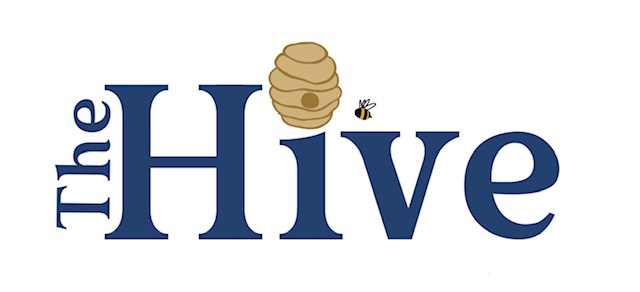Winter snow storms aren’t the only flurries impacting members of the EWSD. Over the past month or two, students, faculty, staff and families have received several emails regarding the continued development of the proposed 2025-26 EWSD budget.
The goal of this article is to help bridge the gap between readers and the information circulating the district, focusing on how athletics and activities could be affected.
One topic within the budget proposal was the reduction of some administrative positions. What this means is that, in this proposal, there would be one athletic director in charge of athletics and activities for grades 6-12 at ADL, EMS, and EHS, eliminating the current Athletic Director positions at ADL, EMS and Westford.
“I don’t think it would be something that one person would be able to do,” Essex High School Athletic Director Patrick Merriam said. “I think that they would potentially look at how another person or position could help support that.”
Another major topic on the cards is the implementation of fundraising systems to offset the cost of athletic programs. In the past, individual fundraising has been viewed as inequitable.
However, this fundraising plan seems to be more geared towards supplementary materials for teams such as warm-up jerseys or special HUDL video cameras, rather than bussing routes to away games which are already budgeted for.
“Right now we don’t have advertising on campus,” Merriam said. “[In the past] people paid to have their advertisements on the boards in the rink, or they had signs out on the sides of the buildings. That may be something that comes back, but again, depending upon the need, I think that’s going to have to be assessed.”
While cutting out sports completely is not the current proposition, it may be something that the district looks at in the future. The criteria for deciding whether a program is cut out could consider the cost per pupil (CPP) system, Merriam said.
CPP essentially looks at two things: How much it costs per person to participate in a season, and what the participation level of the program is. This could become complex as many sports differ in the number of players.
For example, this fall season, the football program featured 47 student-athletes across both varsity and junior varsity programs. Thus making the CPP cheaper as it’s split across more athletes.
The boys golf team on the other hand only had 17 athletes as it is a much more individual sport. The CPP of the golf team would be higher than the football team as there are fewer people to spread out the cost.
Again, there has been no implication that any sports should be cut as of the Jan. 21 board update. However, should this become something to think about. CPP could be an example of what criteria is used to make financial decisions.



